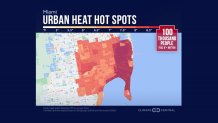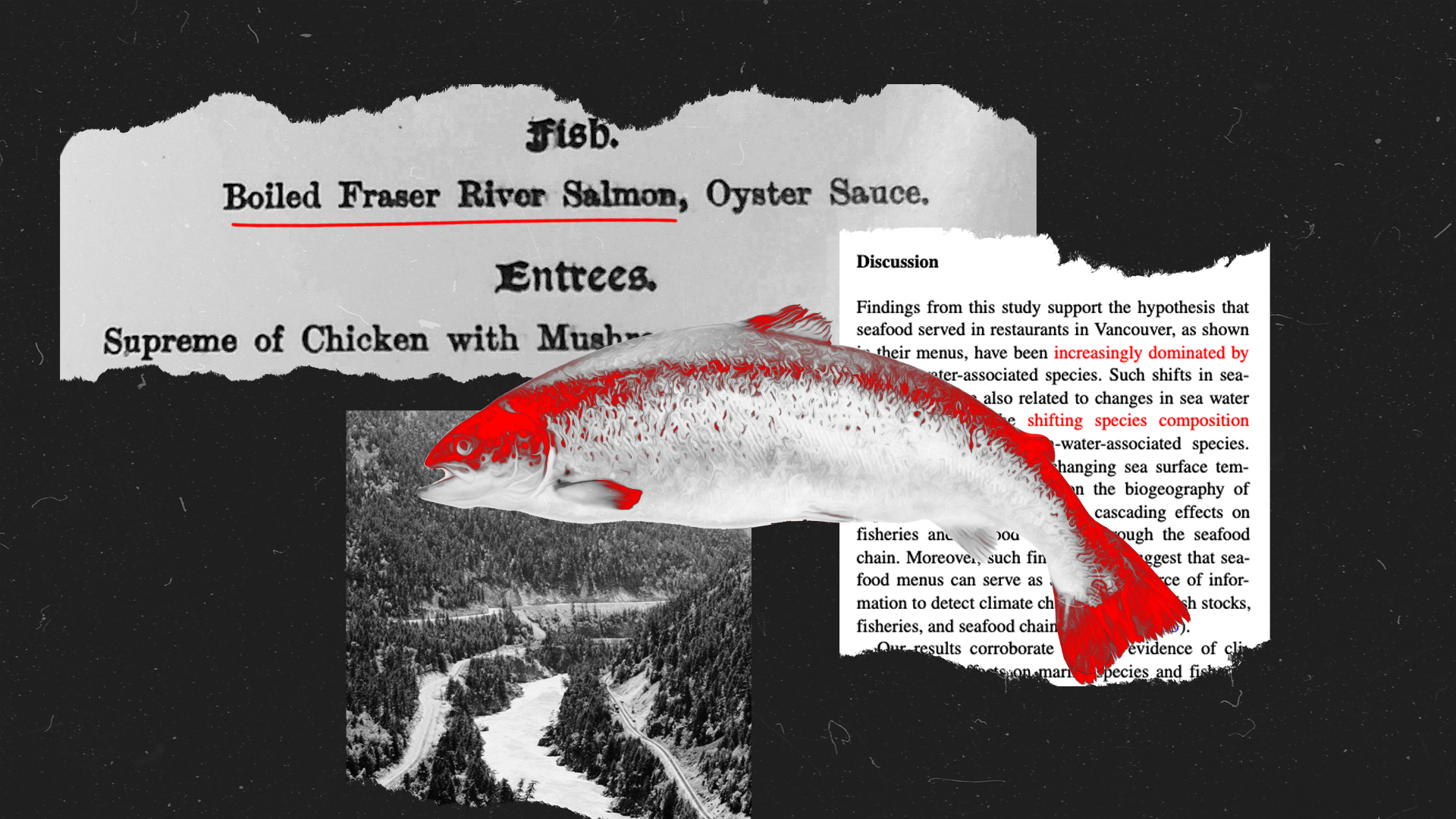If you've spent any time outdoors lately, it probably won't come as a surprise that Miami has ranked high on the list of urban heat islands, according to a report released last Wednesday by the non-profit research group Climate Central.
What does that mean, exactly?
The term "heat islands," defined by the United States Environmental Protection Agency as urbanized areas that experience hotter temperatures than surrounding areas, is specific to cities with a concentrated number of buildings, roads, and infrastructure, such as Miami.
These "concrete jungles" with packed buildings and limited greenery tend to absorb and re-emit warmth more than rural landscapes, essentially trapping in heat and leading to temperatures that are 15°F to 20°F hotter than areas with more green and less concrete.
Get South Florida local news, weather forecasts and entertainment stories to your inbox. Sign up for NBC South Florida newsletters.
So, if it feels as if you're opening an oven every time you step out of your house, this is one of the reasons why.
With approximately 85% of the U.S. population living in metropolitan areas, Climate Central set out to create an index to measure the potency of urban heat islands and applied it to 159 cities, Miami being one of them.
Not only is Miami one of them, but it has the eighth-worst urban heat island effect overall, trailing after cities like New York and San Francisco.

During a summer of record-breaking heat temperatures, cities are being impacted the most by this phenomenon, mostly due to a high number of human-created emissions and a low number of vegetation, which means reduced evaporative cooling.
This extreme urban heat poses a threat to public health, especially for vulnerable communities that struggle with health, social, or economic reasons.
Such conditions aggravate air pollution, worsening existing health conditions and making it harder for people to work outside.
This puts low-income and communities of color at greater risk since research shows that people living in households below the poverty line tend to live in areas that have reduced green space and are subjected to prejudicial, race-based housing practices known as redlining.
Short-term solutions focus on getting people out of the heat and into cooler areas, whilst long-term ones aim to plant more trees or set up green roofs and cool pavements.
In an attempt to combat this, Miami appointed its first-ever Chief Heat Officer to increase efforts to protect people from the heat in May 2021.
However, other attempts, such as the 2007 Street Tree Master Plan, which strove to increase the "tree canopy" by 30% by 2020, have failed to meet their marks.



